- At least 6 offshore grid connection systems to be built in Germany and the Netherlands by 2030
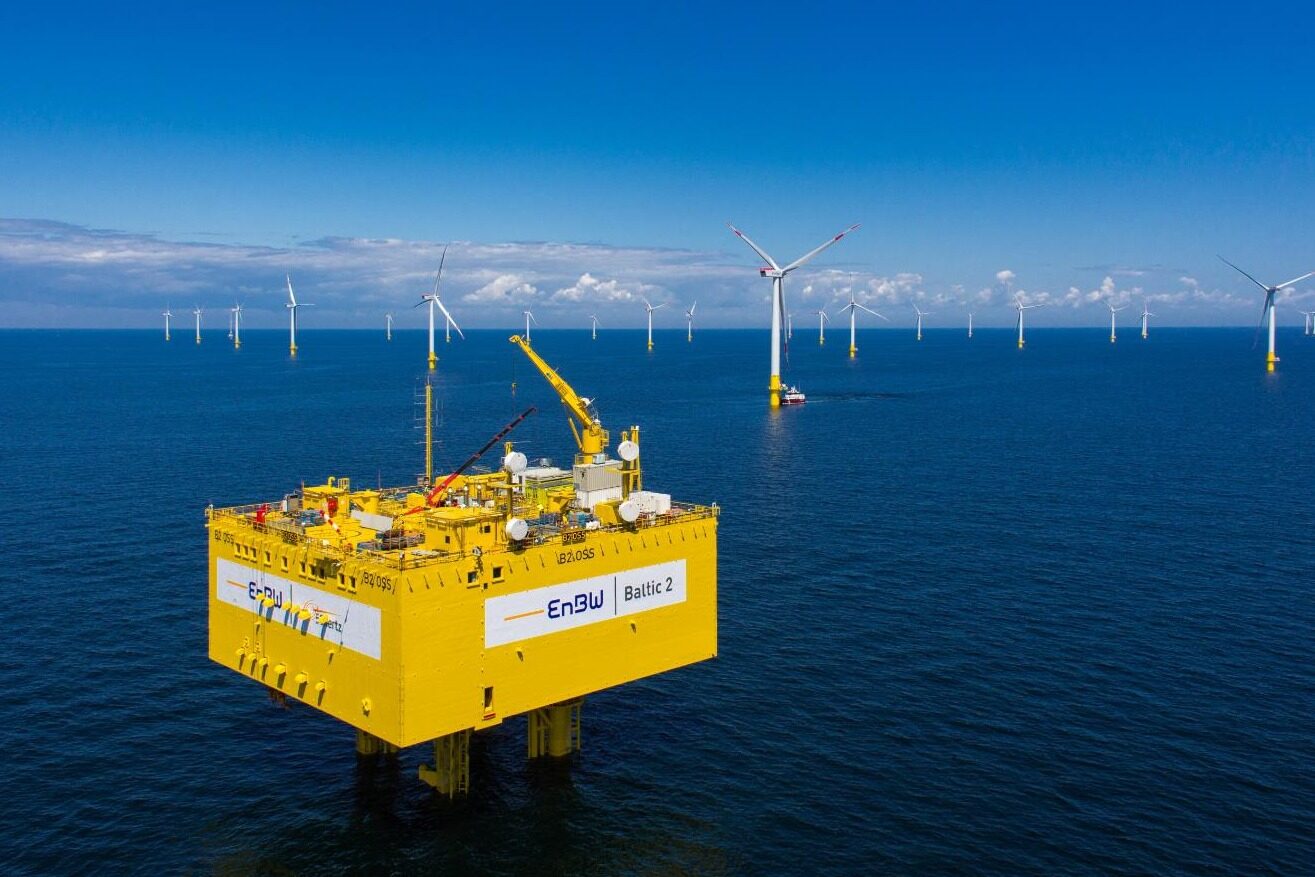
The Dutch-German transmission system operator TenneT has launched a tender process for land and sea stations connected to the BalWin1, BalWin2 and BalWin3 grids in the North Sea near Lower Saxony, each with a transmission capacity of 2 GW. Contract total order intake for all three projects is in the seven-figure range and is expected to be awarded in the third quarter of 2023. Effective immediately, bidders are eligible to participate in the bidding process, TenneT said.
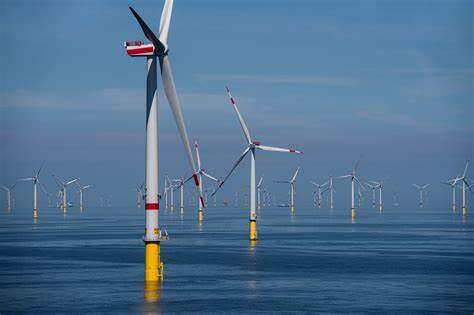
The first three German 2GW projects will be part of TenneT's multinational 2GW programme. The new offshore standard will provide twice the transmission capacity of the 900-megawatt systems common to date in Germany. Since this will allow the same amount of electricity to be transmitted with only half of the grid connections, it can save important resources and minimise environmental impact, TenneT said. Coordinating systems in terms of technology and planning can also create additional grid connection systems faster than before. In this way, the 2GW scheme will make wind energy in the North Sea scalable and make the supply of green electricity more cost-effective.
Tim Meyerjürgens, Chief Operating Officer of TenneT, said: “The 2GW programme will be a key pillar of our offshore strategy, while helping to advance Europe’s energy transition faster and more efficiently.” “The successful launch in the Netherlands and the replacement of our BalWin project Following the tender for the streaming station, we are now also bringing the grid expansion in the German North Sea into a climate-neutral orbit.” The tender included newly developed offshore platforms, land stations and associated equipment for the new 2 GW high-voltage direct current (HVDC) transmission technology. As part of the 2GW program, there are three BalWin clusters in Germany located off the coast of Lower Saxony. Keywords: engineering construction, engineering news
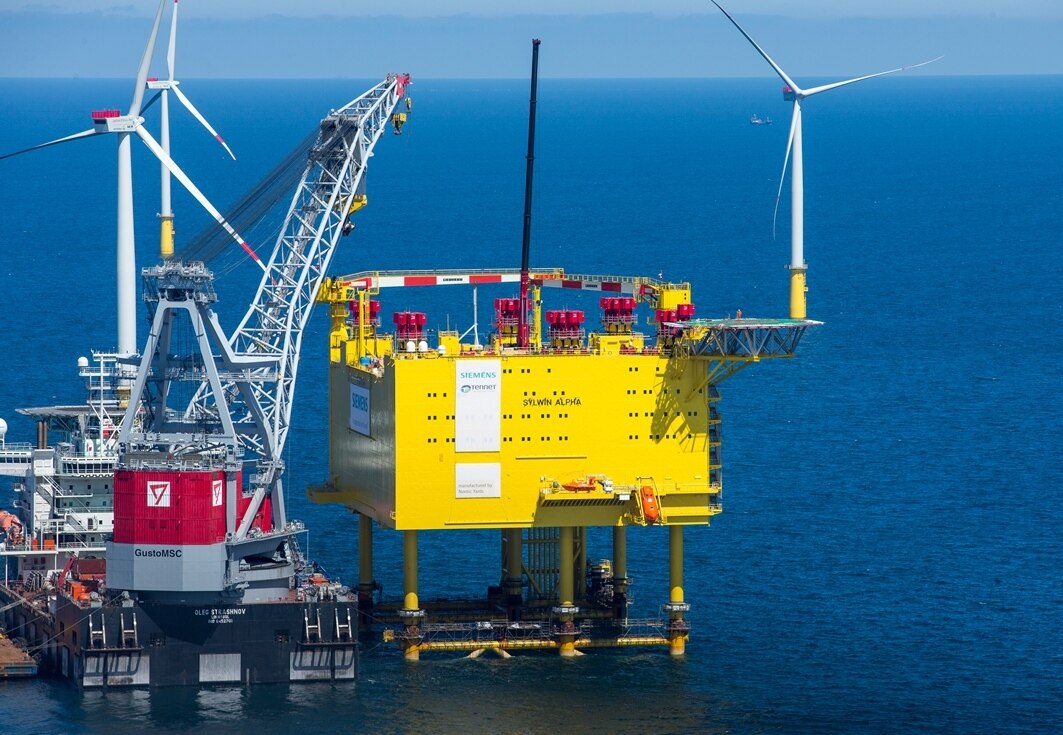
BalWin1, BalWin2 and BalWin3 have a combined capacity of 6 GW and will contribute 20% to the maritime expansion target proposed by Germany's new federal government by 2030. BalWin1 is scheduled to go live in 2029, and BalWin2 and BalWin3 are expected to go live in 2030. TenneT also plans to add at least three more projects along the Dutch coast, with a total installed capacity of 6 GW.Editor/XingWentao
Comment
 Praise
Praise
 Collect
Collect
 Comment
Comment
 Search
Search


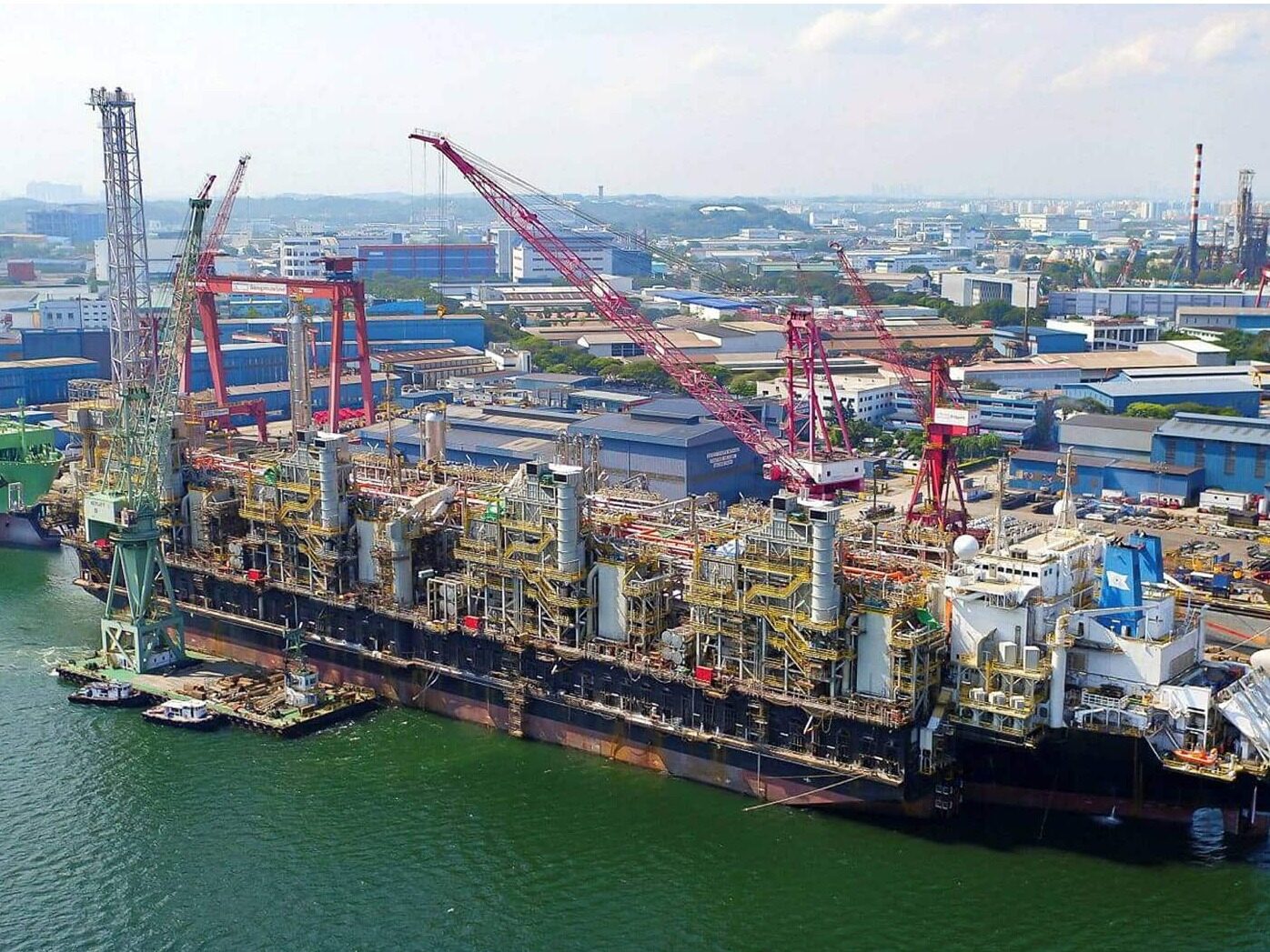
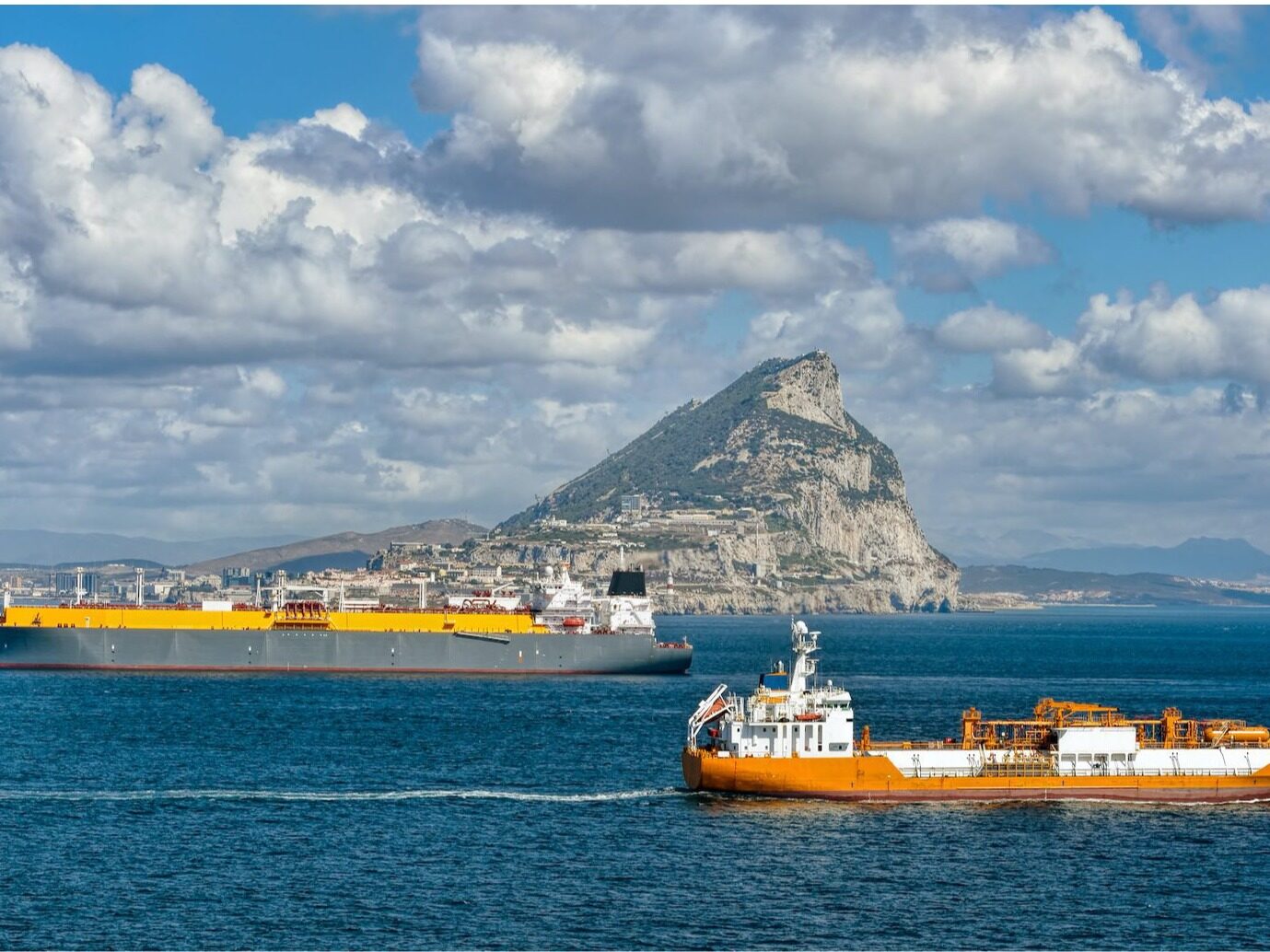
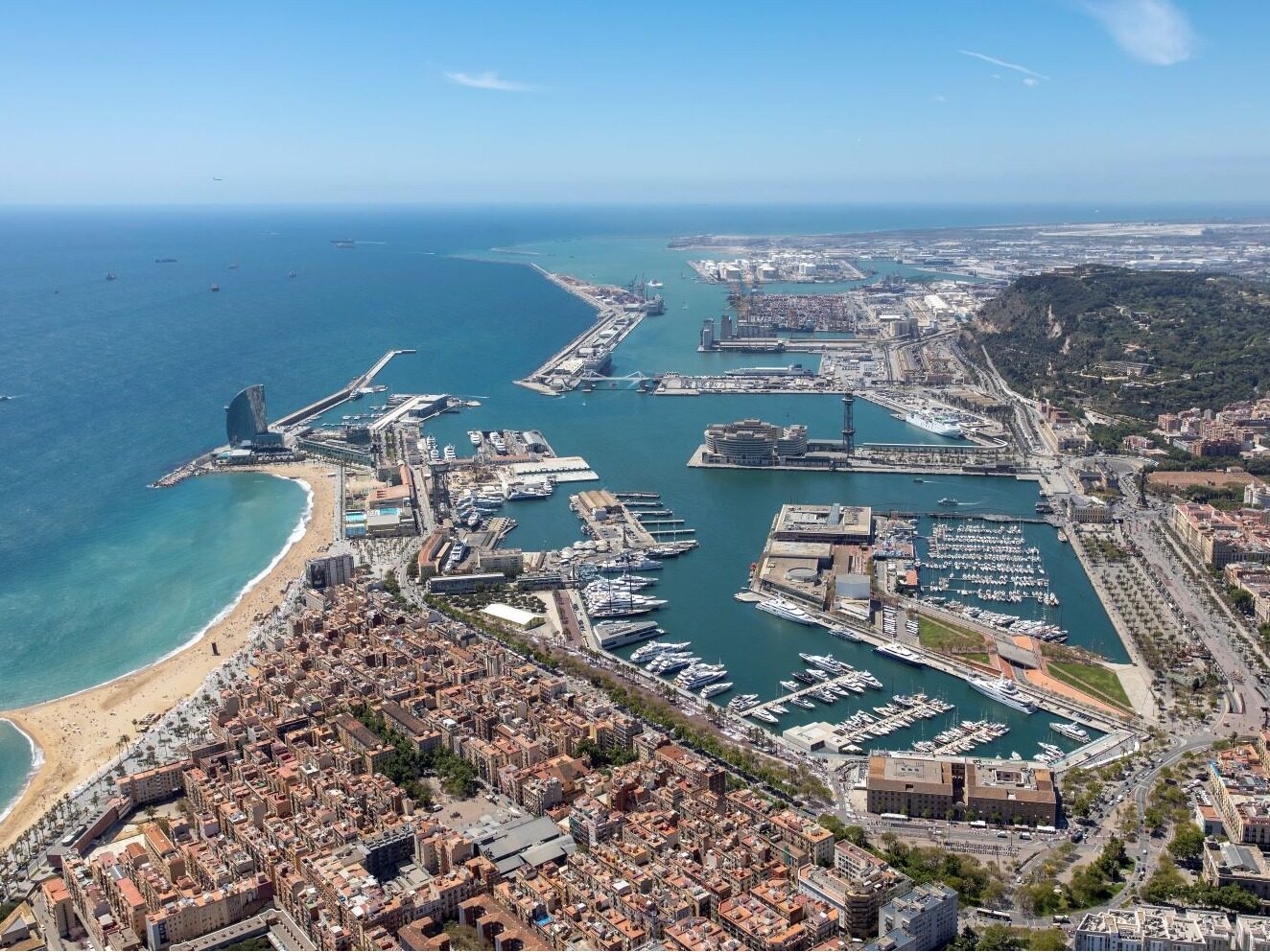
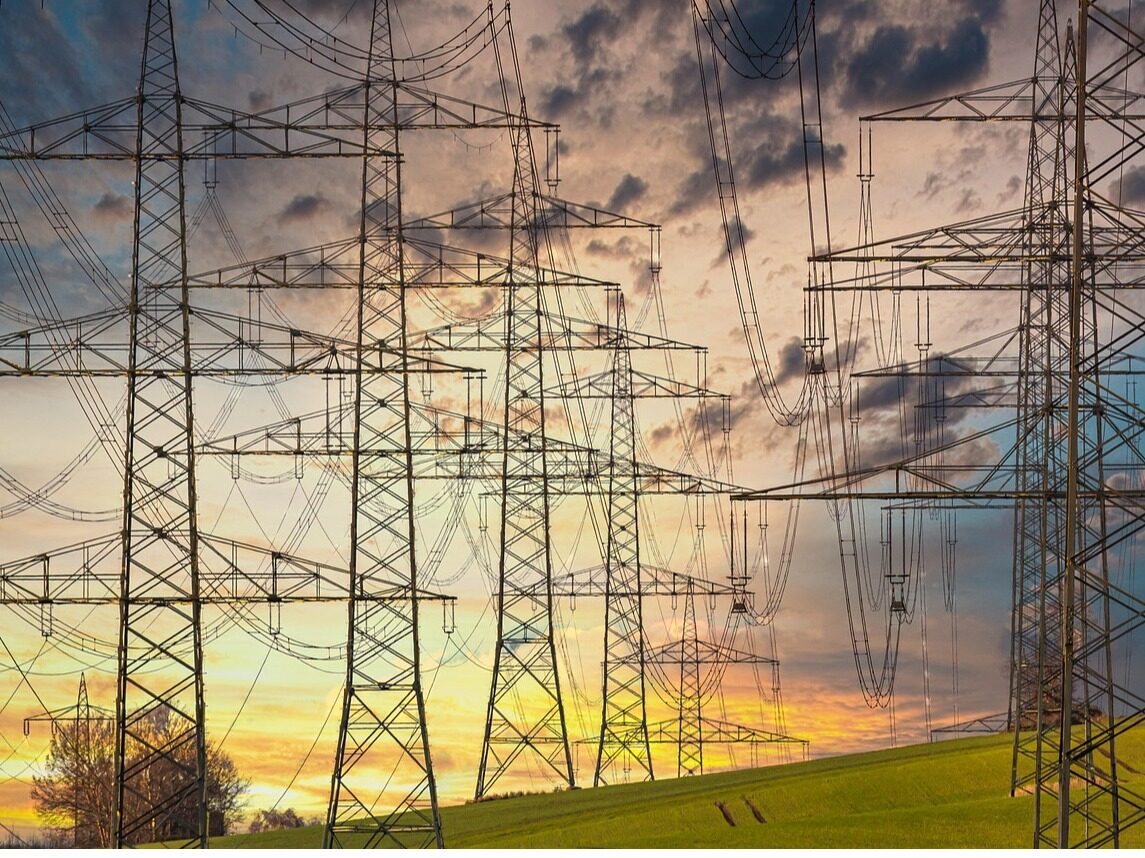
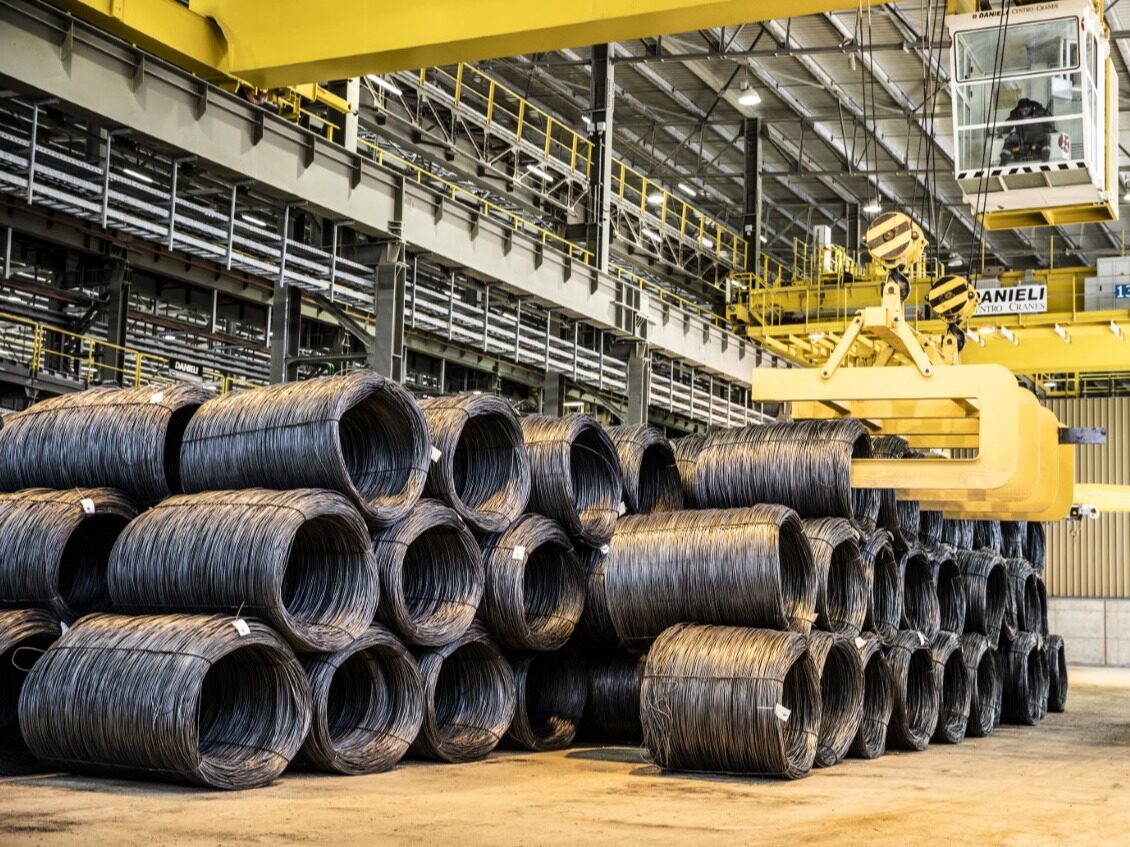







Write something~